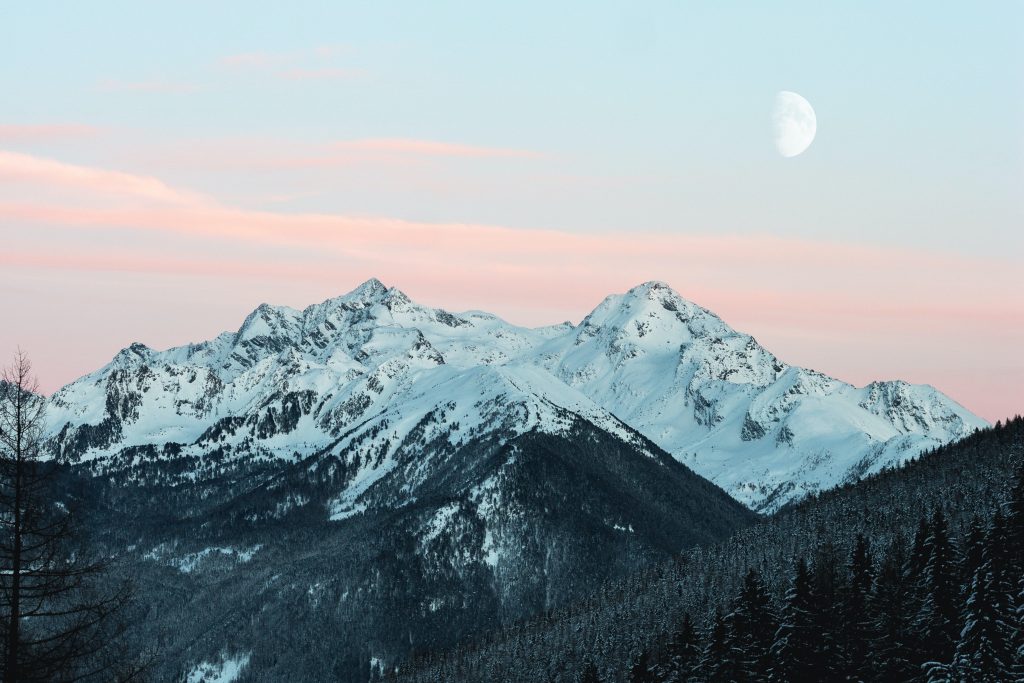Deep learning in art is a game-changing development for AI art generators. This cutting-edge feature utilizes how various algorithms and neural networks are able to produce, improve, and analyze artworks. Sit on tight as we provide a glimpse into the fascinating world of AI art generation.
Table of Contents
The Fusion of Art and Artificial Intelligence
Art and artificial intelligence (AI) joining forces is an exciting, fast-changing field. It combines human creativity with AI’s computing abilities. This mix can transform how we make, enjoy, and understand art. Here are some important aspects of art and AI coming together:
Generative Art
First, AI is now capable of creating art, whether it’s visual, musical, or literary. Generative art involves using algorithms to generate creative content. For example, artists and programmers can use AI to create unique paintings, generate music compositions, or even write poetry. These are notable with text-to-image art generation. Users type in a prompt and the AI will come up with an image as close as possible to it.
Style Transfer
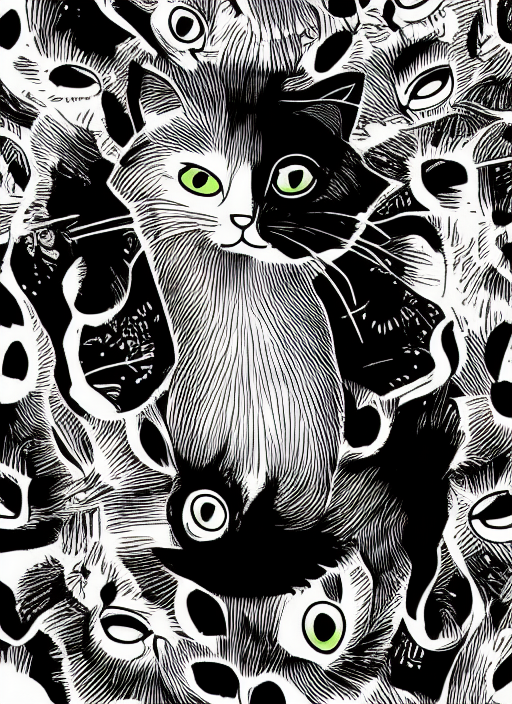

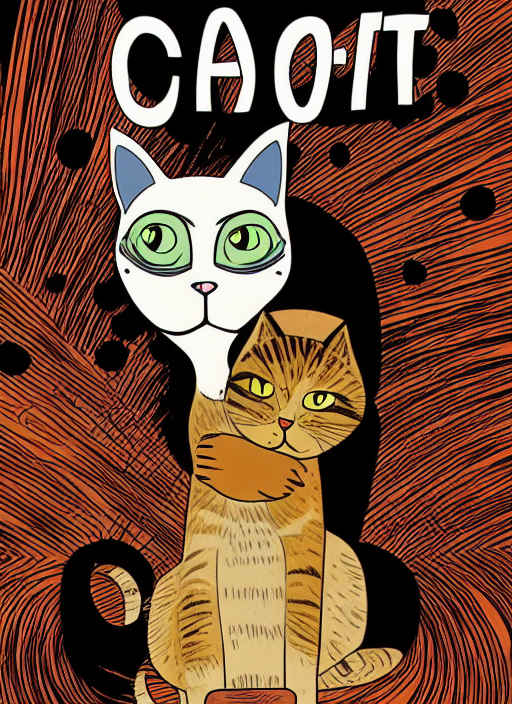
Next, AI can be used to apply the styles of famous artists to new works. For instance, AI can turn a photo into a painting, mimicking Van Gogh or Picasso’s style. This is clear in img2img art generation. Users start by uploading a photo, then they enter style prompts, and the AI transforms the image accordingly.
Interactive Art
Moreover, AI-powered interactive installations and experiences are becoming more common. These pieces often react to the presence or actions of viewers. This ultimately creates a dynamic and immersive artistic experience. Such examples can be seen in Montreal. They featured AI-powered artworks and continues to support arts and innovation. For instance, Faces by digital art studio Iregular uses a facial recognition algorithm that collects images of visitors to create a continuously evolving portrait.
Art Restoration
Also, AI can assist in the restoration and preservation of artworks. It helps experts analyze and restore damaged or faded paintings, ensuring that they can be enjoyed for future generations. Many apps for all devices are now capable of enhancing photos with a simple tap – all thanks to the power of AI.
AI as an Artistic Tool
Many artists are also using AI as a tool alongside traditional methods to augment their creative process. AI can suggest color palettes, assist with design decisions, or even generate preliminary sketches.
Ethical and Philosophical Considerations
The mix of AI and art brings up key ethical and philosophical questions. Like, who owns AI art rights? Is AI genuinely creative or just copying humans? People are still debating whether AI-made images are true art. Time will give us the answer!
Challenges and Limitations
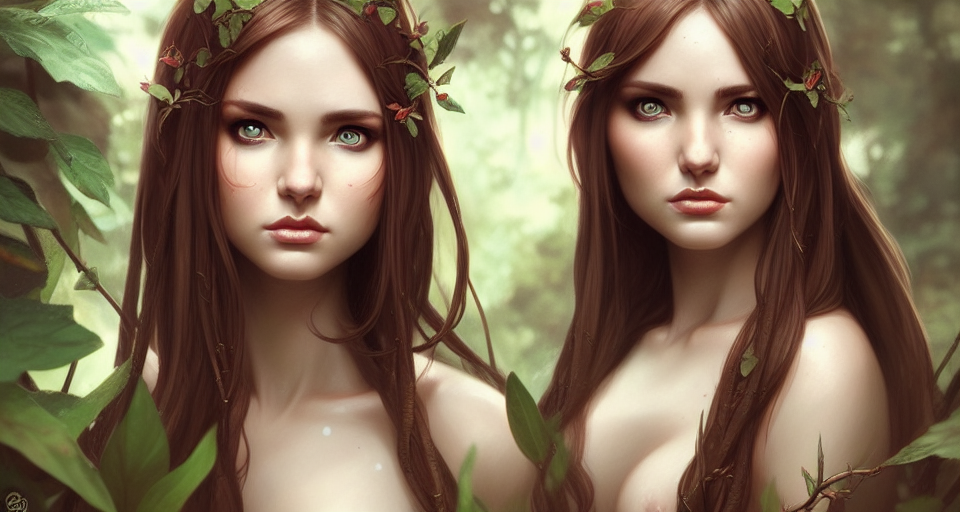
AI is not without its limitations. While it can generate impressive and innovative art, it lacks the emotional depth and consciousness of human artists. There’s also the risk of AI-generated art perpetuating biases present in the data it’s trained on.
Collaborations
Artists now team up with AI as co-creators, sparking fresh and unexpected creativity. This blurs the line between human and machine artistry.
AI models, like GANs and deep neural networks, have become popular in art. AI-made art has even sold for big money at auctions. This trend will keep evolving, challenging our notions of art and creativity, pushing artistic boundaries. The fusion of art and AI can make art creation and appreciation more inclusive. AI art becomes accessible to more people and inspires new artistic forms.
Understanding Deep Learning and Neural Networks
Deep learning is a type of machine learning. It uses artificial neural networks to do complex tasks. These networks are inspired by the human brain’s structure and function.
Furthermore, Artificial neural networks (ANNs) have layers of connected nodes: input, hidden, and output. Neurons in ANNs use weighted connections and apply activation functions. Deep neural networks, a specific ANN type, have many hidden layers. This helps them learn intricate patterns from data.
They’re great at tasks like image recognition, language processing, and decision-making. They’re successful because they capture detailed features in big datasets. Deep learning has advanced fields like computer vision and speech recognition, making it a major force in AI.
Neural Style Transfer: Techniques and Applications
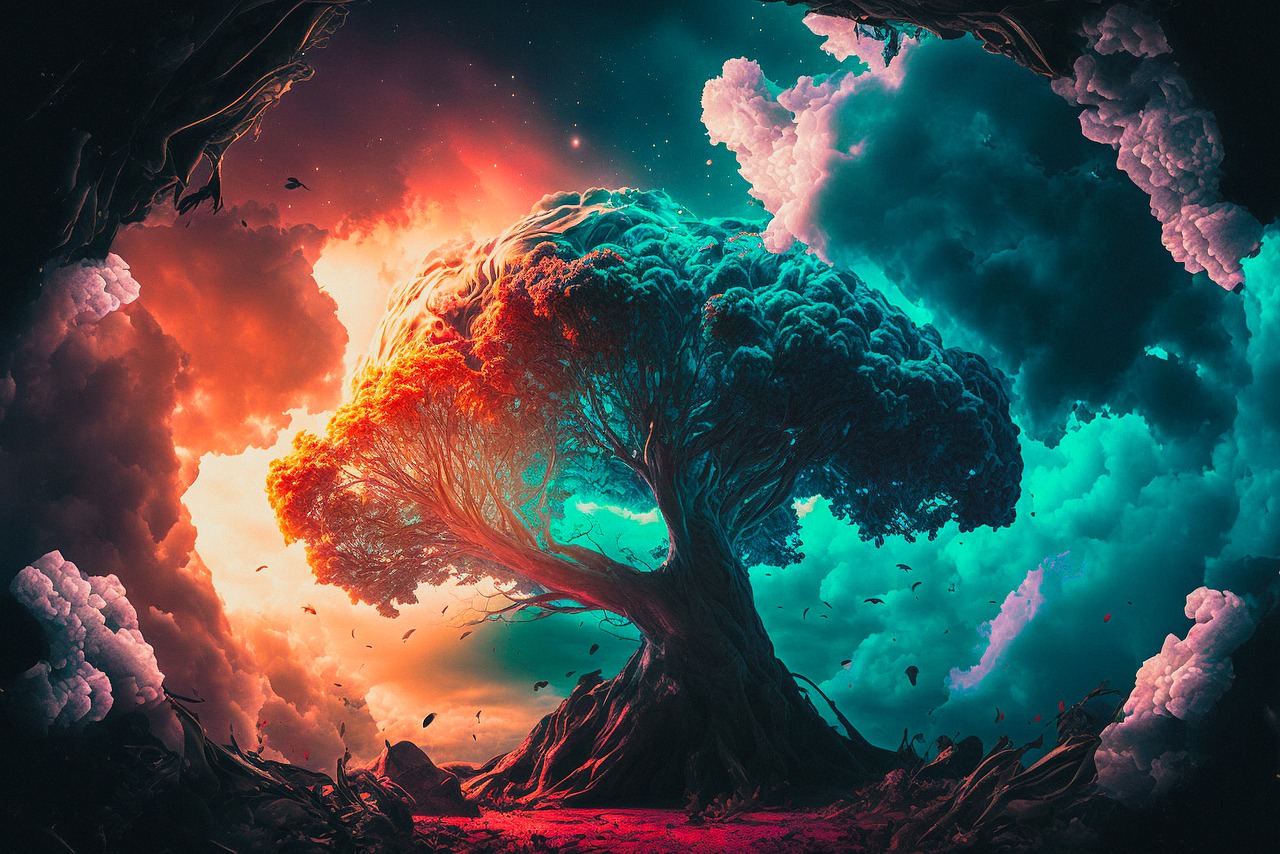
Neural Style Transfer (NST) is a cool deep learning technique in computer vision. It blends one image’s content with another’s artistic style. Leon Gatys, Alexander Ecker, and Matthias Bethge introduced it in their 2015 paper.
Furthermore, NST is famous for making stunning images. It does this by adding famous painters’ styles to photos or other content. Here are some key NST techniques and uses:
Techniques:
- Feature Extraction: Firstly, NST uses pre-trained Convolutional Neural Networks (CNNs) like VGG or ResNet to extract features from content and style images. Higher layers focus on content, while lower layers capture style.
- Loss Functions: Moreover, NST defines three loss functions: content loss, style loss, and total variation loss. These functions measure how well the generated image matches content and style.
- Optimization: Lastly, NST is an optimization task. The aim is to minimize the total loss, which includes content and style losses, by adjusting the pixel values of an initial image.
Applications:
- Artistic Rendering: Firstly, the primary application of NST is to create artistic renderings of photographs. By transferring the style of famous artists like Van Gogh or Picasso onto your photos, you can achieve unique and visually appealing results.
- Video and Animation: Videos also benefit from NST. This results in dynamic and stylized videos. It has applications in the film industry for special effects and in creating animated content with unique visual styles.
- Interior Design: NST can help in generating artwork that matches the interior design of spaces. For example, it can create custom artwork to match the style of a room’s decor.
- Graphic Design: Graphic designers can also use NST to create custom logos, branding materials, and promotional artwork with distinct artistic styles.
- Fashion: In the fashion industry, NST is also able to design clothing patterns and textiles with unique and artistic styles.
- Data Visualization: NST can also be used to generate visually appealing and artistic data visualizations, making complex data more accessible and engaging.
- Image Generation: NST can also generate entirely new images with a blend of content and style. This can be useful in various creative fields.
Emerging Trends and Future Possibilities
AI-generated art will become more realistic and influence industries like digital design, virtual reality, and video game graphics. Human-AI collaborations will create new artistic styles, but we’ll also see more ethical concerns about copyright and art validity.
Expect progress in personalized art, AI-assisted art education, curation, and recommendations, as well as art restoration with AI. Combining AI art with NFTs, sentiment analysis, and augmented reality could make the art world more dynamic and impactful.
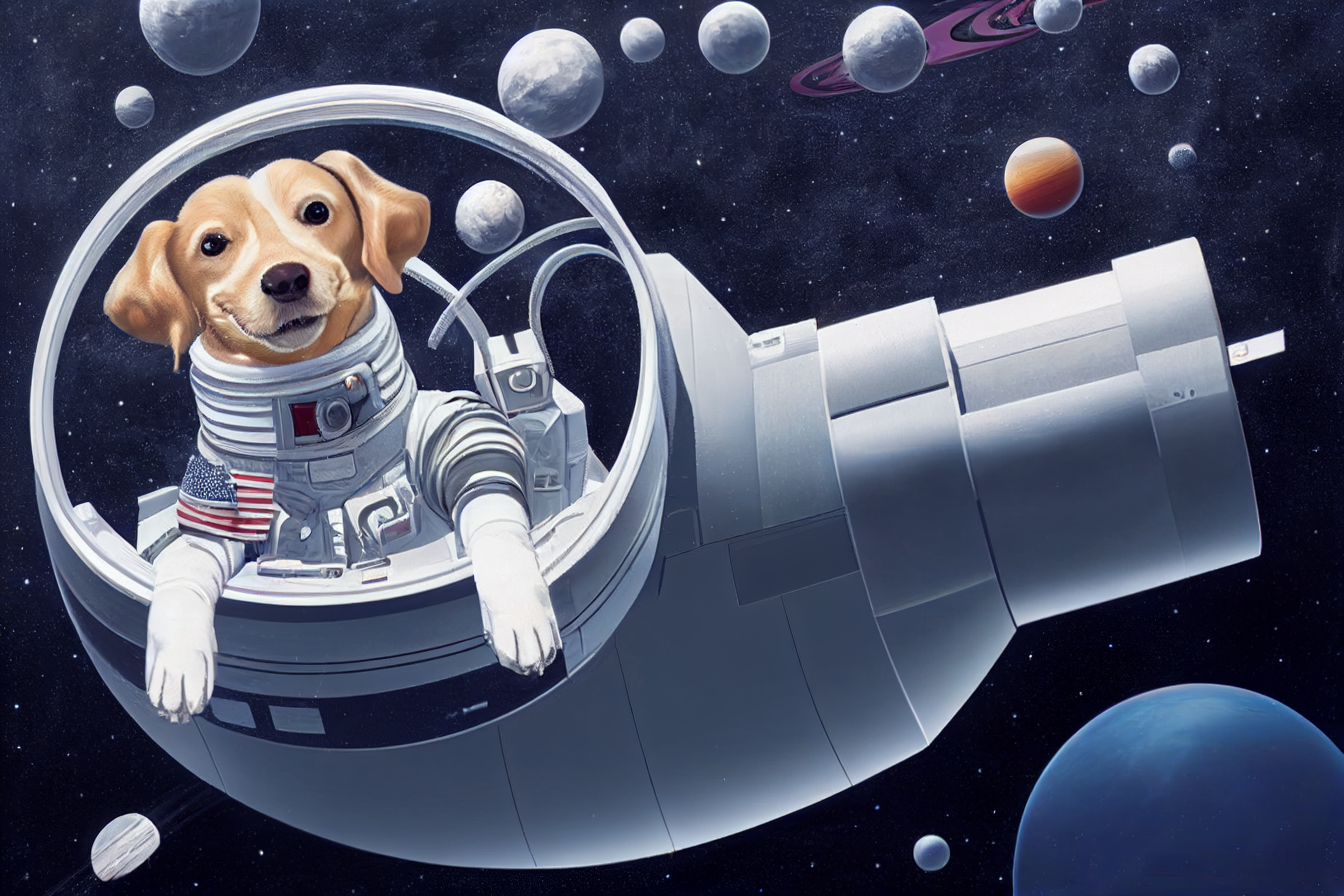
Conclusion
In conclusion, the blend of artificial intelligence and art, especially in making AI art, offers a dynamic landscape with many new trends and exciting possibilities. AI keeps pushing artistic boundaries, leading to more realistic and detailed creations, diverse collaborations between humans and AI, and broader synthesis across domains. We’ll also see a focus on ethical issues like copyright and authenticity, and changes in how art is customized, taught, curated, and recommended.
Afterword
We hope that you find this article helpful. Thank you for reading and you’re always free to leave a comment. If you find this article interesting, consider checking out one of our recently published posts. A few of them showcase advancements in technology such as AI Art Generators. On the other hand, if you’re looking towards Photography, we also offer great articles for your inspiration. We also have multiple articles that talk about the various printing mediums for wall art. May these articles give you inspiration for your next print!
Find them here:
Discover the Secret to High-quality Canvas Prints
The 9 Best Canvas Print Companies in 2023
Acrylic Prints: Add Vibrance to Any Space
The Top Food Photography Trends to Try Now
The Ultimate Guide to Continuous Lighting for Photography
Stable Diffusion Tips and Tricks
Best AI Art Generator for Android Phones 2023
We enjoy reading your comments and insights with our posts! Should you have any questions or concerns, feel free to leave them below! -Mark

